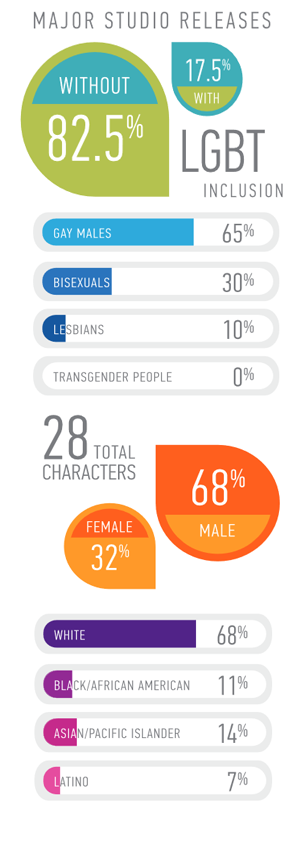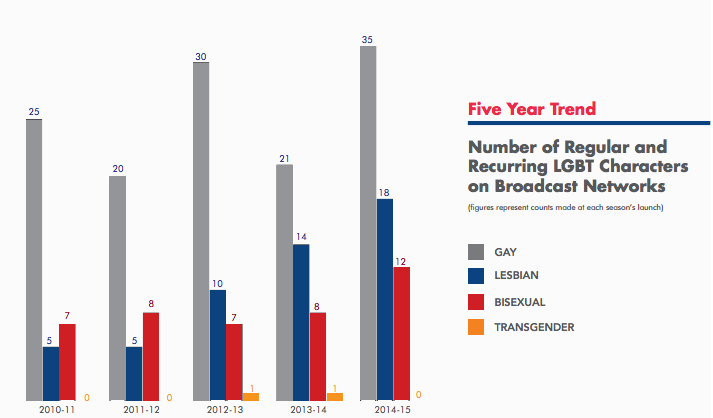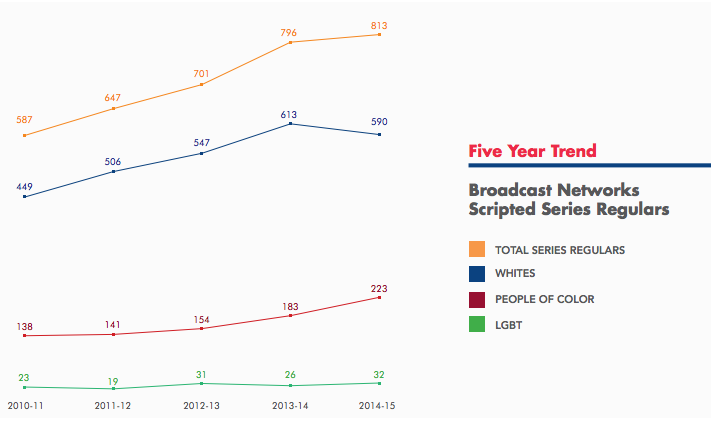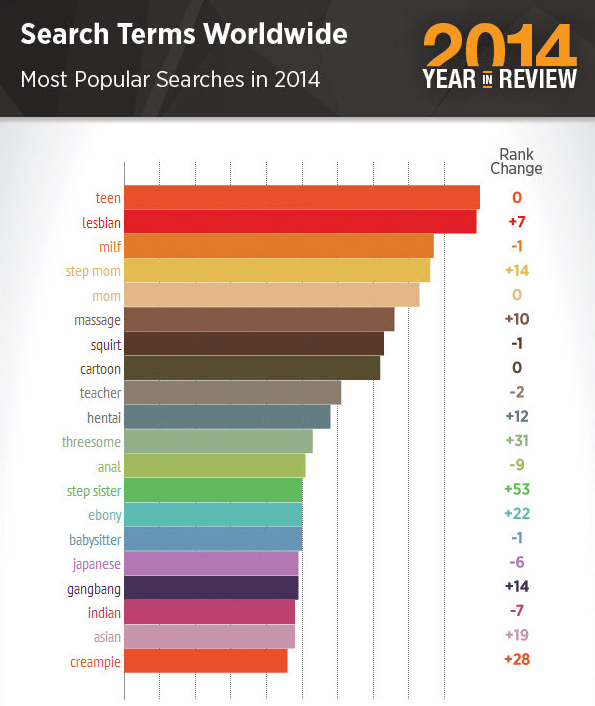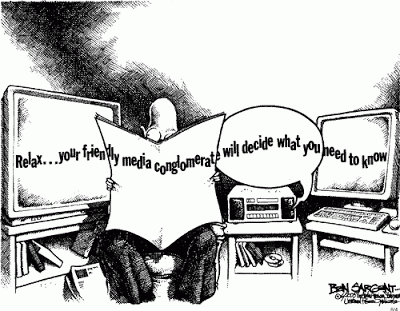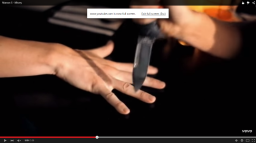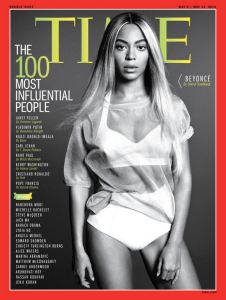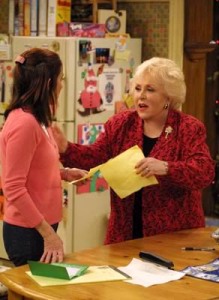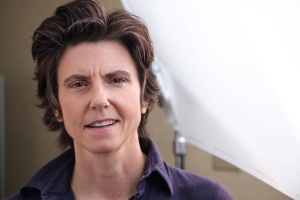“Cool Girl” and The Palatability of Women
**Warning: This piece contains spoilers to Gone Girl.
In late 2014, Gone Girl, the movie adaptation of Gillian Flynn’s 2012 novel, hit theaters and caused quite a stir with the public. The plot involves main character Amy Dunne faking her own murder, elaborately framing it on her husband Nick as revenge for cheating, killing a man to create a kidnapper fall guy when her plans fall apart, and then forcing her husband to keep playing house with her after she returns as if nothing happened; of course, the movie got people talking.
But one of the biggest controversies raised among audiences has nothing to do with Amy’s extreme criminal actions. As Amy drives off into the sunset after “killing” herself, she introduces viewers to the idea of the “cool girl” to explain why her marriage didn’t work and how it all drove her to do what she did. The long version of her monologue is excerpted from Flynn’s novel in a separate post, but essentially, Amy tells the audience that she got her husband by playing the “cool girl,” tailoring her personality to be the woman that he wanted. For Nick, this was the stereotypical “cool girl” with the beer drinking, football watching interests of a bro and the body of a Victoria’s Secret Angel. However, the “cool girl,” Amy tells us, can be any variety of personalities depending on the man (a tree hugging animal rights activist for the vegan environmentalist, a World of Warcraft expert for the gamer guy) as long as she above all “likes every fucking thing he likes and doesn’t ever complain.” More importantly, this girl does not exist according to Amy. All “cool girls” would rather be someone else but keep playing along to keep their man around. After finding out that Nick is cheating on her with a “newer, younger, bouncier cool girl” despite all of her efforts to maintain the cool girl charade for him, Amy decides to get her revenge.
Anyone who has seen the movie or read the book can clearly tell from Amy’s actions that she is some sort of -path. Psycho-? Socio-? I don’t have the psychiatric expertise to properly diagnose her condition. The point is, audiences could have brushed past this diatribe as the ramblings of a mentally far gone character in a psychological thriller plot and let it go after finishing Gone Girl in the same way that they let go of all the impossible stunts they see in a good action movie. But the “cool girl” monologue has gained a lot of cultural stock as a topic for discussion. Some cheer Amy on through this speech while others decry her as a misogynist.
There is an element of misogyny to Amy’s logic. After all, you can’t really throw around phrases such as “awful pretender women” and say that “cool girls” are “even more pathetic” than the men they’re trying to please without sounding like someone who hates women and feels superior to them. It’s also very un-feminist to say that no woman could genuinely like sports and beer or that men should pretend to like Jane Austen and knitting to please women. But people shouldn’t take this as permission to dismiss Amy’s point entirely and “reduce [Gone Girl]’s message to ‘bitches be crazy'” (Dockterman). Despite Amy’s flaws (and clearly she has many), the “cool girl” monologue opens the door to an important discussion about the pressure on women to be palatable for others by fitting into certain molds.
Starting from a very young age, girls are bombarded with the message that they need to look and act a certain way so that they can gain acceptance from society. The media starts by telling them to dress and do their hair a certain way. As girls make their way into their teens, the messages also start addressing the need for flawless faces and perfectly toned bodies. Parents want their children to be liked, but they seem to place an extra pressure on girls to be particularly sweet and accommodating for others. As they mature, girls are flooded with tips for getting men’s approval specifically, starting with how to make boys in their class like them and then transitioning into how to please a man in bed. The underlying message of all this socialization tells girls that they need others to like them and approve of them in order to be a proper woman in society and the only way to get this seal of approval is to be perfect.
I’m not trying to deny that men feel their own social pressures to fit into certain molds. The popularization of certain male athletes, actors, and models sends the message that the ideal man has an attractive face, a chiseled jawline, and an eight pack of abs. The main character in most television shows and movies is often a “manly” man who has stereotypical masculine traits such as strength, dominance, and hardened emotion. While I don’t have any reliable insight on the male experience as a woman, I can surmise about the burdens that men experience when faced with these messages.
However, I’ve found that there is a lot more forgiveness and acceptance for your flaws if you’re a man than if you’re a woman. When considering body type representation in the media, I can think of many different male body types that are shown: guys on the short side and guys on the tall side; guys with abs and guys with beer bellies; guys with model faces and guys without. Women have a much smaller range when it comes to how their bodies are represented. Most of the women I think of as popular female icons look like they’re 5’9’ and do yoga. If a female icon is plus size (Let’s also note that we rarely feel the need to add body type labels like this to men.) or on the short side, she is still somehow drop dead gorgeous, even if she has been cast as the “ugly girl.” Additionally, our society’s “boys will be boys” attitude gives men a lot more latitude when it comes to how to act as a person. It seems like the most popular trope for male characters in television and movies these days is the lovable asshole. His questionable morality may feature sexist jokes related to his promiscuity and inability to commit (i.e. Barney Stinson on How I Met Your Mother) or some casual criminal behavior (i.e. Walter White in Breaking Bad). No matter what flavor of jerk he is, viewers can’t help but fall in love with this character as they overlook or rationalize unacceptable behavior with an “Oh, you!” Audiences tend to be less forgiving toward female characters with similar flaws. Some women become cutthroat to succeed in a male dominated work place while others lash out at others in response to a traumatic incident. Some audience members can appreciate these flaws for allowing women characters to be more complex and interesting than traditional female roles who are one dimensionally nice all the time. But sadly, most viewers refuse to see past the surface badness of a woman. If a female character does something bitchy, most people will just see her as a bitch and that’s it.
This is where the “cool girl” persona comes in. Since women have learned through socialization that they need to be perfect and that they’re probably going to be punished somehow for their flaws big or small, it really isn’t surprising that they’ve evolved this survival mechanism to help them get around that. I have no doubt that there are women who genuinely love sports, video games, and whatever other “cool girl” interests people think they might be faking. But I’ve also been the girly girl interested in ballet and musicals who boys weren’t interested in talking to, as well as the girl who drank beer and said “cool girl” statements like, “I hate other girls,” basking in the glow of the male approval I received. Additionally, women don’t put on the “cool girl” act strictly for men or romantic interests. Many women will tell you that the easiest way to get through most social situations as a female is to be the palatable, understanding sweetheart. For example, I went to a lecture on how to negotiate salary and benefits for a job offer. The presenter told us that men have leeway in how aggressive they can be in pushing for what they want, but women need to be “relentlessly pleasant” by smiling a lot and showing concern for the negotiator in order to get what they want.
Though Amy Dunne’s argument is somewhat problematic and is taken to the extreme by her mental delusions, some of the points brought up by the “cool girl” monologue have their merits. It’s time for society to really analyze and adjust the high standards that we expect women to live up to.
Sources:
Dockterman, Eliana. “Is Gone Girl Feminist or Misogynist?” TIME. 6 October, 2014. Web. 21 April 2015. <http://time.com/3472314/gone-girl-movie-book-feminist-misogynist/>.


